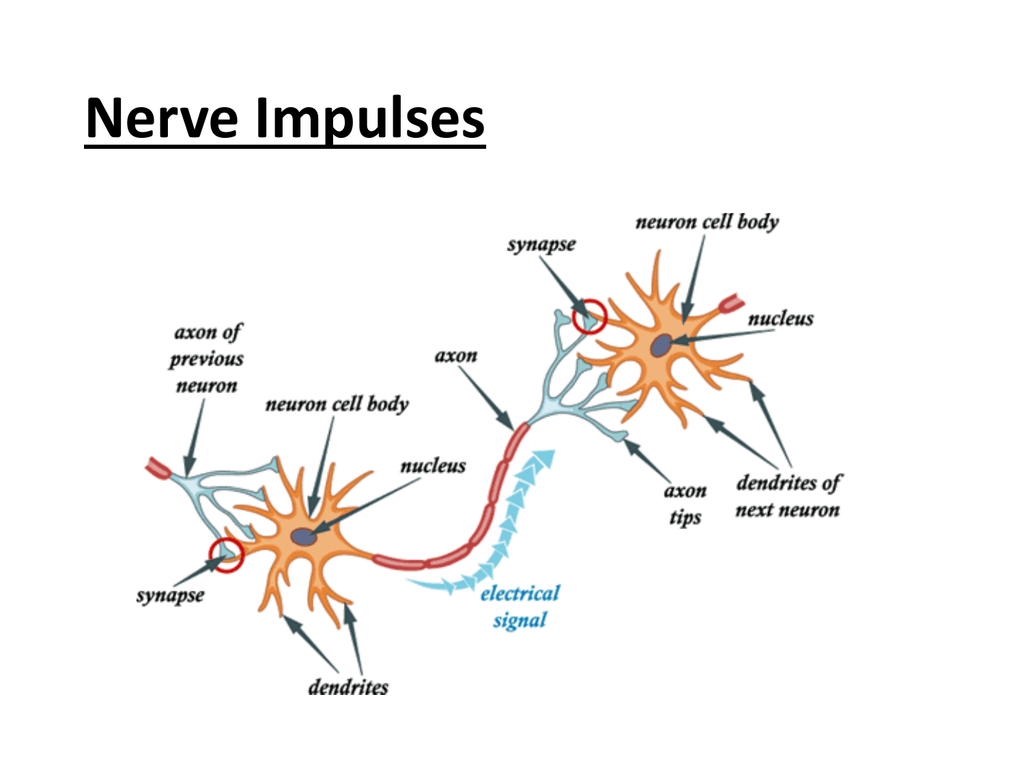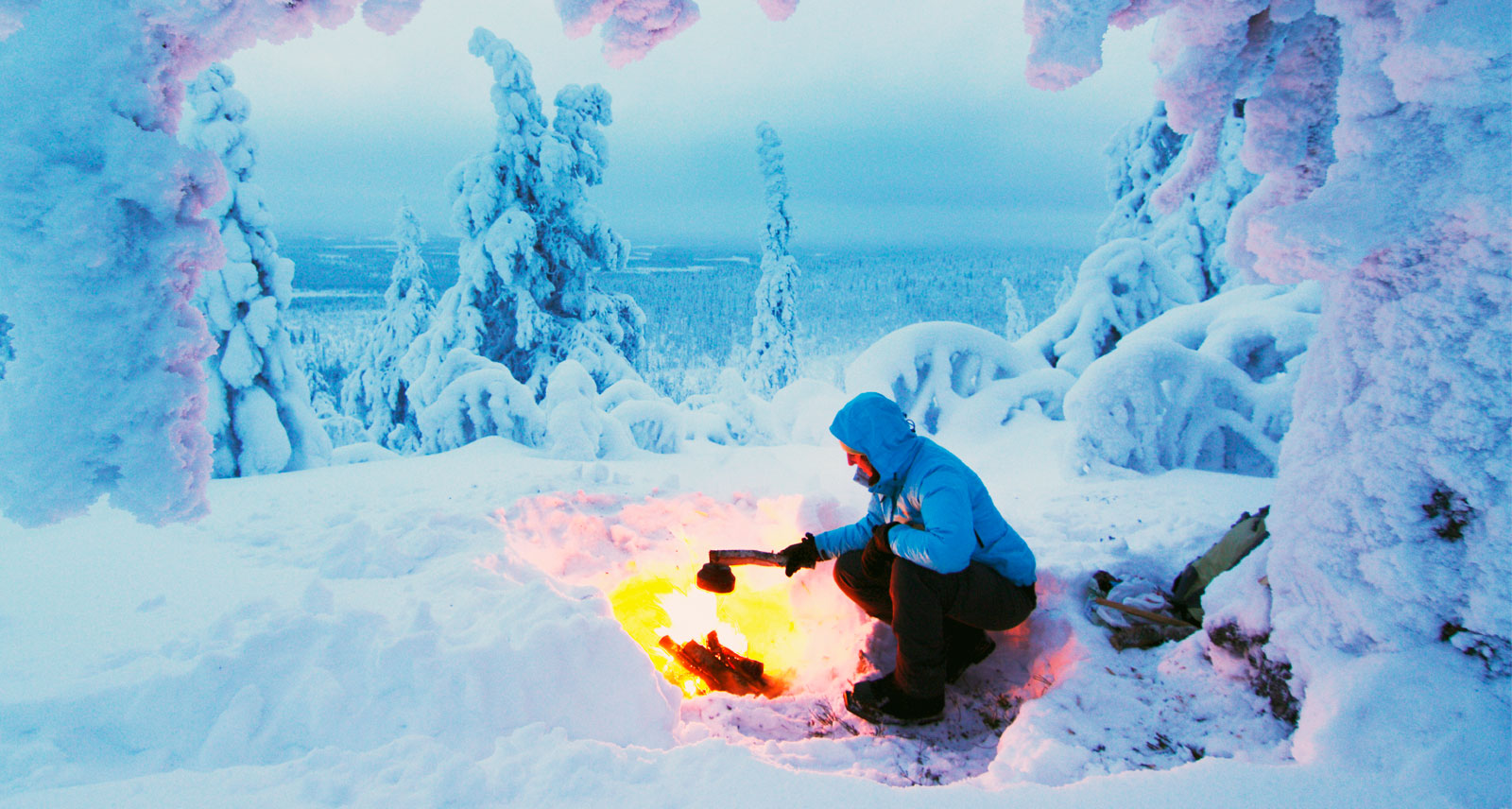Human Variation and Race Blog
The biggest issue with cold weather is that it lowers our heart rate. A slow heart rate does not ensure the proper blood flow throughout the rest of the body. This means that our brain and muscles will be blood deficient. This explains the reason for our body to shiver and have goosebumps on our body during cold weather. This is also an example of a short-term adaptation. The cold can negatively disturb homeostasis by lowering the body temperature causing the body to release nerve cells in our body to react. A disruption in homeostasis can cause yourself to feel dizzy, broken breaths, memory loss, and much more horrible things. All these effects can lead to a lower chance of survival in the wild.
A short-term adaptation to the cold is when our legs get numb, which creates less blood flow. This then leads to a conservation of body heat, warming our body to adapt to the cold environment.

A facultive adaptation to cold climate stress is when our nerve impulses to our brain are triggered to be at a higher temperature. This allows for our body to retain these cells and have a slightly higher temperature. When we feel normal our body doesn't need to do this, hence a facultive adaptation.

A developmental adaptation, on the other hand, is genetically permanent. An example is when our ancestral beings developed shorter and rounder body figures. This developmental adaptation existed from generation to generation. A shorter and rounder figure allowed for humans to retain more body heat. As reproduction was successful, this trait was passed on generation to generation.

An obvious cultural adaptation is the use of fire. As humans, our first instinct to survive the cold, is to make a fire. A fire provides warmth and heat for our body to feel in the cold. This adaptation was used by the homo genus and this cultural idea is even used today,which proves its efficiency.

A benefit from studying human variation from the perspective of environmental stress is that it emphasizes how different humans reacted to a change in climate, for instance. To clarify, not all human species and races adapted the same way. This allows us to analyze different human variation is how people adapted to stresses like the cold. Some could have built fires, or others could have genetic traits that are passed on from generation t generation. There are all sorts of variation in adaptations to the environment. This type of information can explain why certain people use certain methods to adapt.
Information like this can be very useful. If these people were able to successfully reproduce and adopt adaptations to the heat, then they must be useful. Understanding this information and passing it on can help others survive other environmental stresses like the cold. An example of how knowing this information is useful is for science. Scientists can use this information to further study how the body works. For instance, if ancient humans developed thicker skin and wider bodies, then there has to be an explanation as to how this is done. This provides scientists to study how this was possible, providing explanations for the near future on how to survive the cold weather.
I could use race to to understand the adaptations listed in number two by acknowledging the fact that all races are different. For example, some races have different cultural rituals to provide warmth. Not all humans use fire to protect themselves. Some may use layers of clothes to protect themselves. Not all races think the same. With different methods, this means that human variation is enhanced because there isn't just one method to everything. There are multiple variations to human actions, including race. There are many factors when thinking of race. There are external factors like skin pigment, or internal factors like thicker arteries and veins. Race can be used to understand adaptations to environmental stresses. Personally, I don't factor in race when finding variation in people. I don't tend to use stereotypes to describe people's actions. I like facts and data findings. This is why the study of environmental adaptations is much more efficient when studying human variation. Using race only provides assumptions and inaccurate theories to why humans did what they did to survive. Studying past fossil sites or evidence of tool uses, provides factual findings in an environment setting.
A short-term adaptation to the cold is when our legs get numb, which creates less blood flow. This then leads to a conservation of body heat, warming our body to adapt to the cold environment.

A facultive adaptation to cold climate stress is when our nerve impulses to our brain are triggered to be at a higher temperature. This allows for our body to retain these cells and have a slightly higher temperature. When we feel normal our body doesn't need to do this, hence a facultive adaptation.

A developmental adaptation, on the other hand, is genetically permanent. An example is when our ancestral beings developed shorter and rounder body figures. This developmental adaptation existed from generation to generation. A shorter and rounder figure allowed for humans to retain more body heat. As reproduction was successful, this trait was passed on generation to generation.
An obvious cultural adaptation is the use of fire. As humans, our first instinct to survive the cold, is to make a fire. A fire provides warmth and heat for our body to feel in the cold. This adaptation was used by the homo genus and this cultural idea is even used today,which proves its efficiency.

A benefit from studying human variation from the perspective of environmental stress is that it emphasizes how different humans reacted to a change in climate, for instance. To clarify, not all human species and races adapted the same way. This allows us to analyze different human variation is how people adapted to stresses like the cold. Some could have built fires, or others could have genetic traits that are passed on from generation t generation. There are all sorts of variation in adaptations to the environment. This type of information can explain why certain people use certain methods to adapt.
Information like this can be very useful. If these people were able to successfully reproduce and adopt adaptations to the heat, then they must be useful. Understanding this information and passing it on can help others survive other environmental stresses like the cold. An example of how knowing this information is useful is for science. Scientists can use this information to further study how the body works. For instance, if ancient humans developed thicker skin and wider bodies, then there has to be an explanation as to how this is done. This provides scientists to study how this was possible, providing explanations for the near future on how to survive the cold weather.
I could use race to to understand the adaptations listed in number two by acknowledging the fact that all races are different. For example, some races have different cultural rituals to provide warmth. Not all humans use fire to protect themselves. Some may use layers of clothes to protect themselves. Not all races think the same. With different methods, this means that human variation is enhanced because there isn't just one method to everything. There are multiple variations to human actions, including race. There are many factors when thinking of race. There are external factors like skin pigment, or internal factors like thicker arteries and veins. Race can be used to understand adaptations to environmental stresses. Personally, I don't factor in race when finding variation in people. I don't tend to use stereotypes to describe people's actions. I like facts and data findings. This is why the study of environmental adaptations is much more efficient when studying human variation. Using race only provides assumptions and inaccurate theories to why humans did what they did to survive. Studying past fossil sites or evidence of tool uses, provides factual findings in an environment setting.
You offer some good detail in your opening section, but a couple of comments. You wander into adaptations here. That's not what this section was for. Why does the heart rate slow down? What's happening there? hat happens to the body when the core body temperature drops below the optimum temperature of 98.6 degrees? Why can't it function well below this temperature? What happens to our internal organs and our circulatory system below this temperature? How about issues like hypothermia and frostbite? How are those related?
ReplyDeleteReducing blood flow to the extremities is actually the result of vasoconstriction and this is a *facultative* response to cold stress, not short term. A short term adaptation to cold stress is shivering, which you mention in the first paragraph but not here.
Note: Goosebumps *used* to be an adaptation but not anymore in humans. Goosebumps form when the tiny muscle attached to the base of the hair follicle contracts, causing the hair to stand upright. Now if the organism has a full coat of hair, this causes and air pocket of warm air to form between the skin and the hair to act as insulation. But without that heavy coat of fur, we gain no benefit. We are left with only the bumps.
Facultative: I have never heard of this nerve adaptation. Can you provide me with a link to your source? The body doesn't want to have a higher than normal temperature. The body wants the *optimal* temperature of 98.6. As explained above, a facultative response to cold stress is vasodilation.
Developmental: Very good discussion here.
Cultural: Great example! Most students go with more modern adaptations, but this was one of the first and most important adaptations.
I agree that knowledge is always useful, but can you identify a way this knowledge can be useful in a concrete way? Can knowledge on adaptations to cold climates have medical implications? Help us develop clothing that retains heat more efficiently? Can we develop new means of home/building construction that might help increase heat retention? How can we actually use this information in an applied fashion?
The final question there is asking about using race to explain ALL of the adaptations. Can you explain biological traits using race? Understand that it is perfectly acceptable to answer this question with a "no".
"Using race only provides assumptions and inaccurate theories to why humans did what they did to survive."
Well, it is certainly inaccurate, but not because of assumptions or theories. It goes beyond that.
To answer this question, you first need to explore what race actually is. Race is not based in biology but is a social construct, based in beliefs and preconceptions, and used only to categorize humans into groups based upon external physical features, much like organizing a box of crayons by color. Race does not *cause* adaptations like environmental stress do, and without that causal relationship, you can't use race to explain adaptations. Race has no explanatory value over human variation.